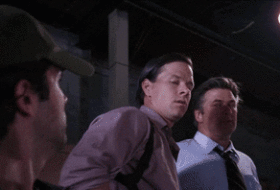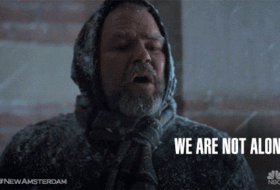Meetings play a crucial role in leadership communication. Gotta have ‘em, but they can be so boring and ineffective. Most people think the problem is that there are just too many meetings. But the truth is, there are just too many BAD meetings.
The good news is that meetings, in general, are not inherently bad, and most can be improved. What was an energy drain can become a morale booster and productivity enhancer. To fix ineffective meetings, we’ve tapped the great work of Patrick Lencioni and his book, Death by Meeting.
Meetings are ineffective when they lack context and structure. To save time – or because of poor planning – many managers throw everything that needs to be discussed in a weekly meeting. The problem with this approach is that there’s no clarity about the key topics and how to resolve issues. The fix is to hold different types of meetings for different purposes.
Effective Meeting Types:
There are three types of meetings we find most effective for tasting rooms.
The Daily Huddle
Daily check-in is powerful for teams that work in the same physical space – like a tasting room. For just five minutes, with everyone standing, do a quick review of the day’s activities and schedule. The huddle eliminates confusion and provides direction that can easily be overlooked in an update binder. The best practice is to try and keep this daily huddle between 5 to 10 minutes, as any longer makes it less effective.
The Tactical
These are regular meetings focused exclusively on tactical issues of immediate concern. These are usually 45-90 minutes and are typically held weekly or monthly. Here we want to include:
- 2-minute updates by each person – sharing the best thing that happened since the last meeting and what’s holding them back from rocking the tasting room. Keep the feedback positive as much as possible to avoid a complaining session.
- Review special progress our team has made on key performance metrics and give “kudos” to someone for specific, special action. Be sure to rotate the kudos from week to week.
- Hot topics. This is a real-time agenda, time spent figuring out how to remove any roadblocks mentioned by the team. Help the team get to the ‘no-excuses’ zone.
Don’t establish the ‘hot topics’ ahead of time. Stay tactical. Put all strategic issues into a “parking lot” to be discussed offline or in a ‘strategic’ meeting.
The Strategic
These are held either monthly or every three months and cover one or two big-picture topics announced in advance. Topics might include:
- Brainstorming about significant changes or challenges
- Wine or sales education
- Competitor review. What’s happening out there? What can we do better?
- Team building discussions and exercises
The amount of time spent at a meeting, the cadence, as well as the topics focused on are all great first steps, but how do we make important meetings less boring? Get people engaged!
Getting Engagement in Meetings:
- Message Delivery
Think about these two approaches to a budget discussion.
We could say, “OK everyone, we are 12% over budget on expenses. Going forward we need to stick to the budget, no exceptions.”
Or we could say “OK we are here to talk about expenses which is not much fun but we’re all impacted by this. Our competitors hope we are throwing around money carelessly. Our customers don’t want to pay higher prices. Our owners don’t want to lay off people. Our families would love to see more money in our paychecks. So let’s dive into these issues and see where and how we can get things back on track.”
Clearly, the second approach is more likely to win engagement and buy-in from the team.
- Make Meetings Fun, Use Humor, Creative Icebreakers
Regardless of the type of meeting, we need to make meetings count and make them fun! For tactical and strategic meetings, open with a creative icebreaker to get everyone participating from the start. Humor is always welcome and when people laugh, they are listening. Humor lightens the mood and creates a feeling of camaraderie from the get-go.
- Be Inclusive
One of the big challenges we face with tasting room meetings is that all staff members may not be present. So how will we loop in those not in attendance?
- Some managers use an update binder or whiteboard, where everyone has to sign off to indicate they have read the material.
- Some use email and require that the reader confirm that they have read the material.
- Some use a buddy system, where someone specific is responsible for updating team members not present.
Not being included in a meeting can make team members feel that they don’t count. No matter what method we use, the goal is to ensure that everyone is informed and included.
Death by Meeting? Not anymore! Meetings are opportunities for team building and growth. Use daily huddles for quick information bites. Use tactical meetings to review activities, metrics and remove relatively easy roadblocks. Use strategic meetings to tackle the ‘big rocks’ on a quarterly basis. Become a Meeting Master!




